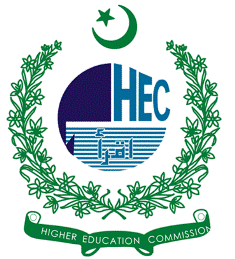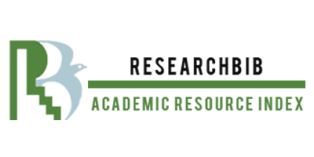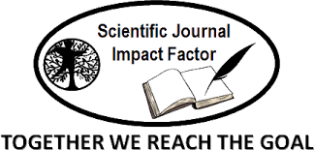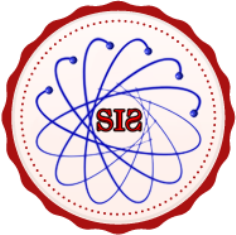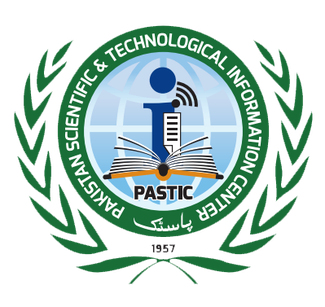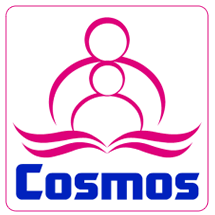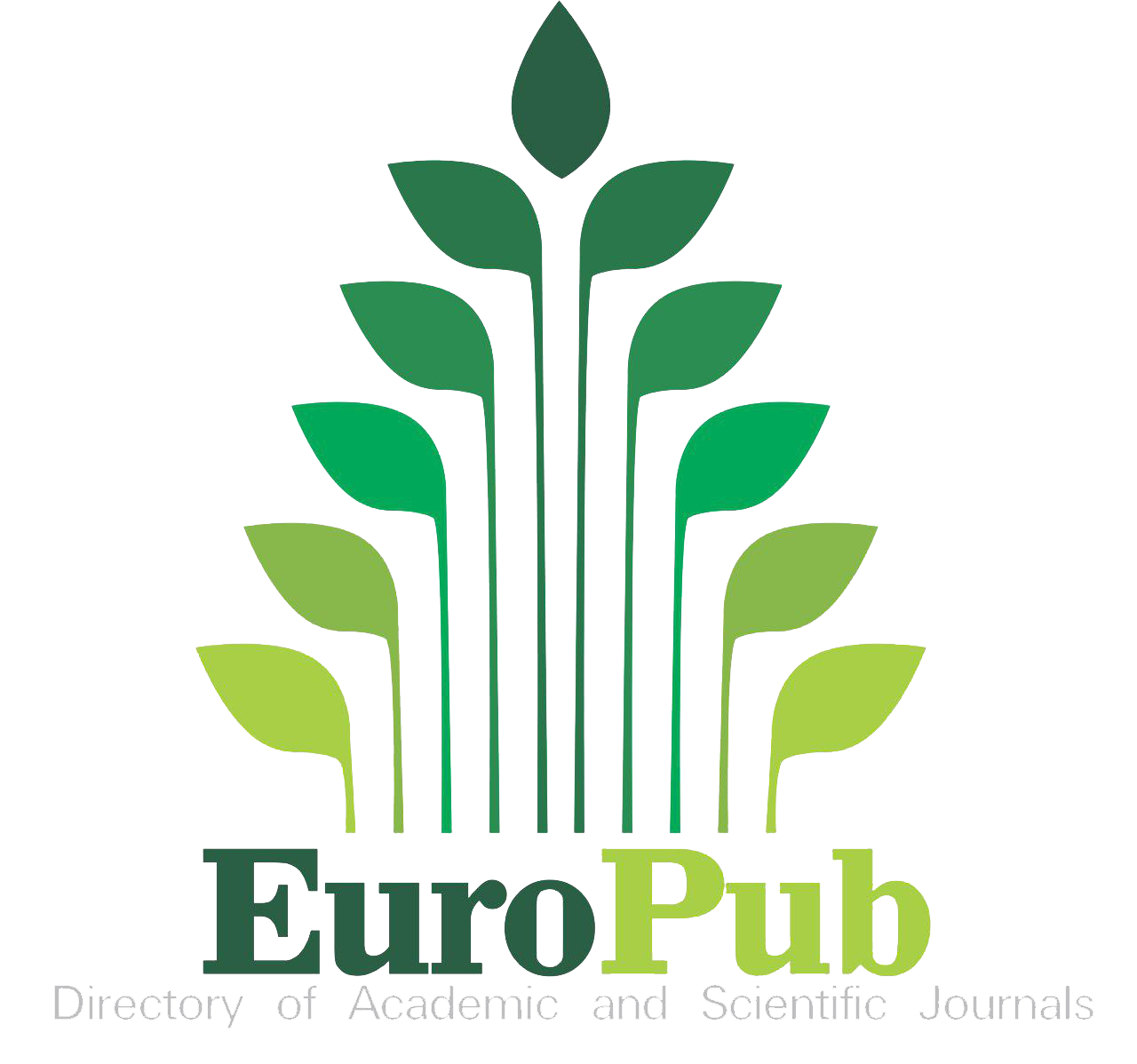Bioremediation of Textile Disperse Dyes using White-Rot Fungi Trametes versicolor
Keywords:
Disperse dyes, Trametes versicolor, Bioremediation, Textile, Waste waterAbstract
Disperse dyes, frequently used in textile dyeing processes, present a particular challenge because of their recalcitrant nature. With an emphasis on wastewater effluent treatment, white-rot fungi Trametes versicolor were used. The fungus was cultured on different media and optimized various biochemical parameters (temperature, pH, inoculum size, dye concentration, and culturing time). After their biomass, disperse Red-I (DR1) and disperse Blue-I (DB1), and textile wastewater were biodegraded with the fungi T. versicolor. The growth of T. versicolor is time taking but maximum degradation by T. versicolor (0.02 to -0.11 during 3 days) is observed. In DB1 solutions and wastewater, absorbance values started at different points. However, the efficiency of fungi was found to be more than 80%. The potential of degradation of fungi in wastewater treatment can be further maximized to reduce environmental impact.
References
D. S. Teeratas Kijpornyongpan, Alexa Schwartz, Allison Yaguchi, “Systems biology-guided understanding of white-rot fungi for biotechnological applications: A review,” iScience, vol. 25, no. 7, p. 104640, 2022, [Online]. Available: https://www.cell.com/iscience/fulltext/S2589-0042(22)00912-9?_returnURL=https%3A%2F%2Flinkinghub.elsevier.com%2Fretrieve%2Fpii%2FS2589004222009129%3Fshowall%3Dtrue
I. K. O. . Ahmed M. Abdel-Hamid, “Advances in Applied Microbiology,” Sci. Direct, 2013, [Online]. Available: https://ores.su/en/journals/advances-in-applied-microbiology/
M. Tomšovský, M. Kolařík, S. Pažoutová, and L. Homolka, “Molecular phylogeny of European Trametes (Basidiomycetes, Polyporales) species based on LSU and ITS (nrDNA) sequences,” Nov. Hedwigia, vol. 82, no. 3–4, pp. 269–280, May 2006, doi: 10.1127/0029-5035/2006/0082-0269.
S. S. & G. S. J. Kathleen F. Benson, Paul Stamets, Renee Davis, Regan Nally, Alex Taylor, “The mycelium of the Trametes versicolor (Turkey tail) mushroom and its fermented substrate each show potent and complementary immune activating properties in vitro,” BMC Complement. Altern. Med., vol. 19, p. 342, 2019, [Online]. Available: https://bmccomplementmedtherapies.biomedcentral.com/articles/10.1186/s12906-019-2681-7
J. Dec and J. M. Bollag, “Effect of Various Factors on Dehalogenation of Chlorinated Phenols and Anilines during Oxidative Coupling,” Environ. Sci. Technol., vol. 29, no. 3, pp. 657–663, 1995, doi: 10.1021/ES00003A012/ASSET/ES00003A012.FP.PNG_V03.
J.-M. B. Roper, J.Chadwick, Jawed M. Sarkar Dec, Jerzy, “Enhanced enzymatic removal of chlorophenols in the presence of co-substrates,” Water Res., vol. 29, no. 12, pp. 2720–2724, 1995, [Online]. Available: https://www.sciencedirect.com/science/article/abs/pii/004313549500101P?via%3Dihub
T. Nakajima-Kambe, Y. Shigeno-Akutsu, N. Nomura, F. Onuma, and T. Nakahara, “Microbial degradation of polyurethane, polyester polyurethanes and polyether polyurethanes,” Appl. Microbiol. Biotechnol., vol. 51, no. 2, pp. 134–140, 1999, doi: 10.1007/S002530051373/METRICS.
T. N. T Deguchi, M Kakezawa, “Nylon biodegradation by lignin-degrading fungi,” Appl Env. Microbiol, vol. 63, 1997, doi: https://doi.org/10.1128/aem.63.1.329-331.1997.
A. K. Shraddha , Ravi Shekher, Simran Sehgal, Mohit Kamthania, “Laccase: microbial sources, production, purification, and potential biotechnological applications,” Enzym. Res, 2011, doi: 10.4061/2011/217861.
S. M. Muhammad Imran, Saqib Husssain Hadri, “Production and industrial applications of laccase enzyme,” J. cell Mol. Biol., vol. 10, no. 1, 2012, [Online]. Available: https://www.researchgate.net/publication/327281470_Production_and_industrial_applications_of_laccase_enzyme
M. L. Xin Zhou, Yanxiao Zhou, Jinsong Liu, Shuang Song, Junjun Sun, Guohua Zhu, Hongping Gong, Ling Wang, Chenwang Wu, “Study on the pollution characteristics and emission factors of PCDD/Fs from disperse dye production in China,” Chemosphere, vol. 228, pp. 328–334, 2019, [Online]. Available: https://www.sciencedirect.com/science/article/abs/pii/S0045653519307908?via%3Dihub
T. G. C. Samchetshabam Gita Samchetshabam Gita, Ajmal Hussan Ajmal Hussan, “Impact of textile dyes waste on aquatic environments and its treatment,” Environ. Ecol., vol. 35, no. 3, pp. 2349–2353, 2017, [Online]. Available: https://www.cabidigitallibrary.org/doi/full/10.5555/20173297379
J. S. Karina Roa, Estefanía Oyarce, Andrés Boulett, Mohammad ALSamman, Diego Oyarzún, Guadalupe Del C. Pizarro, “Lignocellulose-based materials and their application in the removal of dyes from water: A review,” Sustain. Mater. Technol., vol. 29, p. e00320, 2021, [Online]. Available: https://www.sciencedirect.com/science/article/abs/pii/S2214993721000750
J. Sharma, S. Sharma, and V. Soni, “Classification and impact of synthetic textile dyes on Aquatic Flora: A review,” Reg. Stud. Mar. Sci., vol. 45, p. 101802, 2021, [Online]. Available: https://www.sciencedirect.com/science/article/abs/pii/S2352485521001948?via%3Dihub
E. Rodríguez, M. A. Pickard, and R. Vazquez-Duhalt, “Industrial dye decolorization by laccases from ligninolytic fungi,” Curr. Microbiol., vol. 38, no. 1, pp. 27–32, 1999, doi: 10.1007/PL00006767/METRICS.
D. A. Yaseen & M. Scholz, “Textile dye wastewater characteristics and constituents of synthetic effluents: a critical review,” Int. J. Environ. Sci. Technol., vol. 16, pp. 1193–1226, 2019, [Online]. Available: https://link.springer.com/article/10.1007/s13762-018-2130-z
Y. Li et al., “New insights in the biodegradation of high-cyclic polycyclic aromatic hydrocarbons with crude enzymes of Trametes versicolor,” Environ. Technol., vol. 45, no. 11, pp. 2243–2254, May 2024, doi: 10.1080/09593330.2023.2169639.
P. K. B. Ashish Mehna, Pratima Bajpai, “Studies on decolorization of effluent from a small pulp mill utilizing agriresidues with Trametes versicolor,” Enzyme Microb. Technol., vol. 17, no. 1, pp. 18–22, 1995, [Online]. Available: https://www.sciencedirect.com/science/article/abs/pii/0141022994000812?via%3Dihub
N. A. Tekin Şahan, Hasan Ceylan, Nurettin Şahiner, “Optimization of removal conditions of copper ions from aqueous solutions by Trametes versicolor,” Bioresour. Technol., vol. 101, no. 12, pp. 4520–4526, 2010, [Online]. Available: https://www.sciencedirect.com/science/article/abs/pii/S0960852410001914
G. S. G. Palmieri, G. Cennamo, “Remazol Brilliant Blue R decolourisation by the fungus Pleurotus ostreatus and its oxidative enzymatic system,” Enzyme Microb. Technol., vol. 36, no. 1, pp. 17–24, 2005, [Online]. Available: https://www.sciencedirect.com/science/article/abs/pii/S0141022904002960?via%3Dihub
J. . T. T O’Mahony, E Guibal, “Reactive dye biosorption by Rhizopus arrhizus biomass,” Enzyme Microb. Technol., vol. 31, no. 4, pp. 456–463, 2002, [Online]. Available: https://www.sciencedirect.com/science/article/abs/pii/S0141022902001102?via%3Dihub
S. K. B. Garry Dhillon, Surinder Kaur, “In-vitro decolorization of recalcitrant dyes through an ecofriendly approach using laccase rom Trametes versicolor grown on brewer’s spent grain,” Int. Biodeterior. Biodegradation, 2012, doi: 10.1016/j.ibiod.2012.05.012.
Jason He, “water environment research,” Wiley, 2016, [Online]. Available: https://onlinelibrary.wiley.com/journal/15547531
L. D. N. Luong N. Nguyen, Faisal I. Hai, Shufan Yang, Jinguo Kang, Frederic D.L. Leusch, Felicity Roddick, William E. Price, “Removal of pharmaceuticals, steroid hormones, phytoestrogens, UV-filters, industrial chemicals and pesticides by Trametes versicolor: Role of biosorption and biodegradation,” Int. Biodeterior. Biodegradation, vol. 88, pp. 169–175, 2014, doi: https://doi.org/10.1016/j.ibiod.2013.12.017.
R. S. Luis Fernando Bautista, Gabriel Morales, “Biodegradation of polycyclic aromatic hydrocarbons (PAHs) by laccase from Trametes versicolor covalently immobilized on amino-functionalized SBA-15,” Chemosphere, 2015, doi: 10.1016/j.chemosphere.2015.05.071.
Albert Krastanov,Ralitza Koleva, Ivanka Stoilova, “Decolorization of Industrial Dyes by Immobilized Mycelia of Trametes versicolor,” Biotechnol. Biotechnol. Equip., vol. 27, no. 6, 2013, [Online]. Available: https://www.tandfonline.com/doi/abs/10.5504/BBEQ.2013.0096
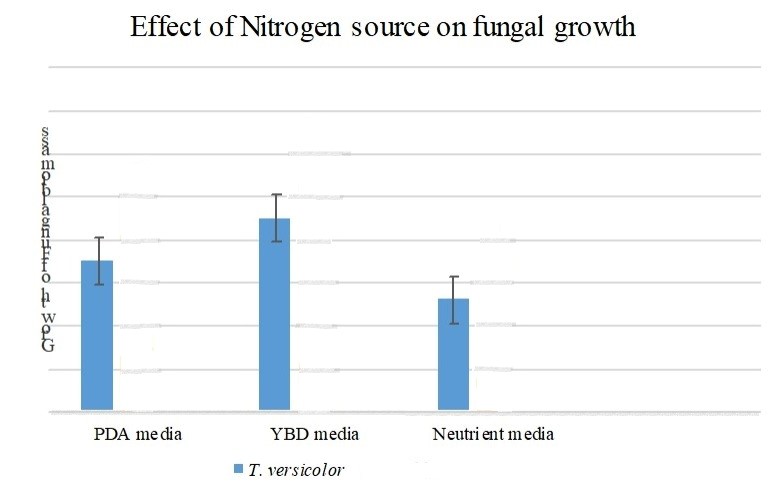
Downloads
Published
How to Cite
Issue
Section
License
Copyright (c) 2025 50sea

This work is licensed under a Creative Commons Attribution 4.0 International License.

